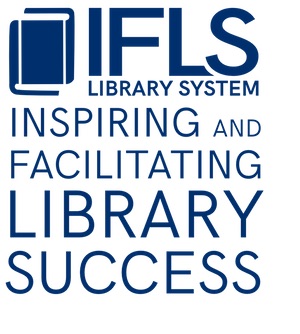I got the most amazing email from Betty Anne at the Turtle Lake Public Library this week, I asked if I could just turn it into a guest blog post. So many great ideas! So inspiring! Thanks Betty Anne!
I’ve heard the idea of the CSLP theme “Imagine Your Story” becoming “Reimagine Your Story”. I keep thinking that it seems like we don’t really need to go the “reimagine” route, just because the story took a different turn than most people predicted. Did we stop branding the series “Harry Potter” when Snape killed Dumbledore? No. The trajectory of the various character arcs changed, but the story was still Harry Potter, and the story was still imagined the same. The families and communities who were going to participate in Imagine Your Story are still living their stories – they’re just living with a world and a reality that many of them did not foresee in any way and are presenting them with new challenges every day.
The key elements of “Imagine Your Story” are something people can actively create. There is no better time for people to do something for themselves than when they are spending time alone or with only close family. We could encourage people to use this time and space to imagine their story and share it – whatever form it takes. The Wisconsin Historical Society started a COVID-19 Journal Project to collect diaries/journals of peoples experiences during the pandemic as a living record of this period of history, which is a necessary and worthy goal, but I think (despite their efforts to make it sound fun and engaging) it comes across as a bit stuffy and formal for a lot of people. No one wants to think about penning longhand diaries to send off to the state Historical Society to sit on a dusty shelf.
But what about kids who are doing the handwashing TikToks? Would they share those with their library’s Facebook page? If your local six-year-old wanted to report the news since he’s not in school, would he have a place to share with his community? Does the usual Make-it-Monday crew want to do an Instructable on how to make cute mask covers?
What other ways might we imagine our story? Blogs? Vlogs? Family stories? Do we have community tie-ins? Many of us here in Wisconsin live in communities that are well over 100 years old, and our communities existed during the 1918-1920 Influenza Pandemic. This could be a time for younger family members to talk to older family members about grandparents or great-grandparents who lived through that time (or, possibly, who did not live through it) and what their lives were like. They can look at pictures online or in family scrapbooks of what that time was like. They can think about it and create drawings from their imaginations or write stories about what they think it might have been like.
As part of this process, this can be a great time for our libraries to reach out to community organizations, business groups, leaders, and services and work together remotely. For example, if we want to kickstart peoples’ stories, we can put a column in the local newspaper under our library section about this theme, perhaps with a seed question to get people thinking or responding, and then later publish some stories in the same column. Or, if the local Chamber of Commerce wants to put a spin on the Teddy Bear scavenger hunt thing, we could help them do a historical one that tells the story of their business place – they could post a laminated photo and description of what originally stood where their building is in the window of their business for people who are walking dogs or getting exercise to look at. Girl/Boy Scouts could then go along and collect the information (not in groups, by themselves) toward some sort of badge progress, or students could do it toward a history project or some such. There are a zillion memes online about the pandemic; teens could put together a narrative book about how they’re going to explain this to their grandkids. Just some ideas kicking around. I have a billion others.
The main thing is, I think that with some fleshing out, perhaps tweaking for specific libraries/community needs (Turtle Lake, for example, would have a lot of people who don’t have Internet access), “Imagine Your Story” can be hugely creative and successful, if not necessarily in the way SRP originally envisioned it. Local historical societies would almost certainly be on board with libraries to support these efforts–it’s right in their mission!

